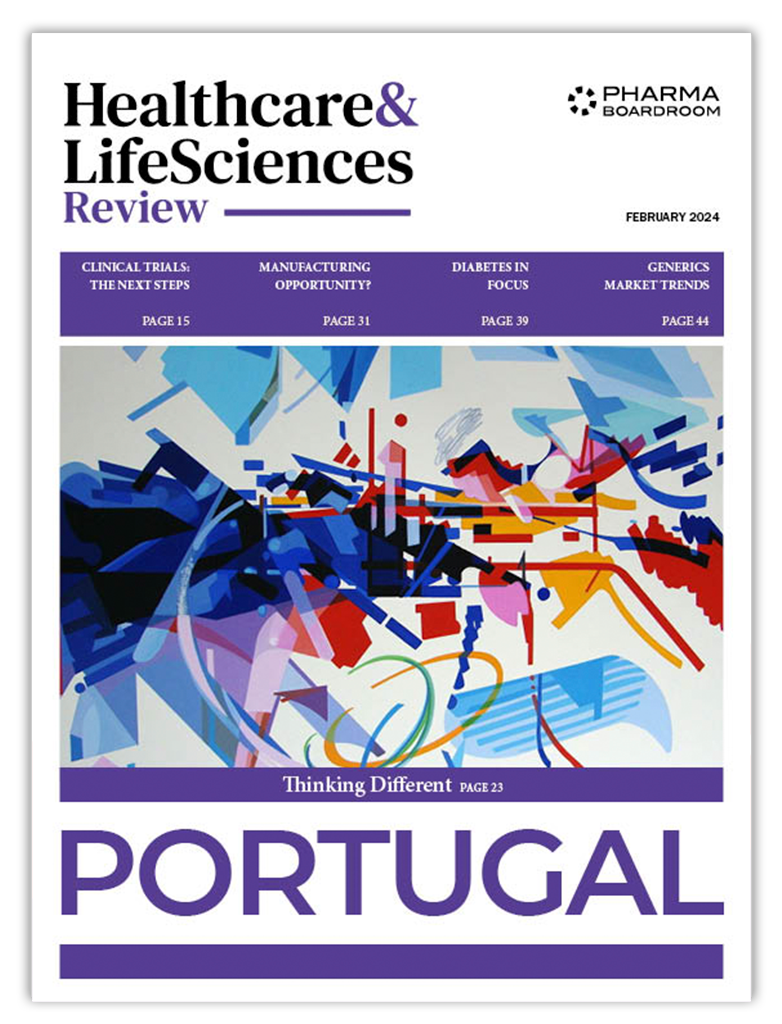The General Manager of LEEM talks about the association’s strategy based on three key points, innovation, attractiveness and efficiency; how the Mediator affair has placed a question mark on the championing of the pharma industry as a national asset; why both France and Europe are at turning point and what will be Europe’s future role in the pharmaceutical industry.
Since we last met in 2009, the pharma sector in France has gone through some difficult times, notably the Mediator affair. What have been the most challenging developments to deal with?
This event led to some profound changes to the French healthcare system. Thus, the championing of the pharma industry as a national asset was questioned, and I tend to say that there is a “before and after” Mediator period now. Furthermore, our industry has gone through some difficult budget cuts over the last few years. Five years ago, the contribution of pharma to cost-containment policies was at about 500 million euros per year. Today, it is 1 billion euros per year. The pharma contribution to cost-containment policies has doubled since 2011. As a consequence, we have also experienced job cuts. The number of people employed in our sector is back to the levels seen in 2006, with just under 100,000 people working in the pharma industry. These job cuts have affected a number of areas, including reps, production and administration, with the one notable exception of R&D. By deciding to place almost half of the attempts to save money on this industry, while medication represents only 15 percent of spending, the authorities are deferring reforms that our health system urgently needs. However, pharma sector remains a strategic sector in France regarding for example the production and the exports etc. France is also a key market and a key player in Europe.
What has LEEM been doing to try and address some of the challenges that arose with the Mediator affair?
LEEM has reaffirmed its commitment to structural reforms of the healthcare system and an efficiency-based health policy. We have a strategy based on three key points. Firstly, innovation, which is the driver of our activity and we conduct a lot of work in this area. Next comes attractiveness, in particular in terms of employment and industry policy. Lastly, efficiency: the uniqueness of France is that we have one of the biggest healthcare systems, but still a lot of efficiency gaps and a lot of spare capacity, such as in hospitals and in chronic diseases. As an example, the average European hospital expenditures are about 29 percent, in France this is at 37 percent.
We have maintained the tools that we had before last presidential elections. Despite the economic state of the country, we can advocate for increased visibility, predictability and efficiency. France has a system of formal agreements with the state which is unique in Europe, providing a framework for negotiations. Regulations and rules are very important in this country, especially in the pharmaceutical industry. Our government is also very involved in industrial policy. Each company has the right to discuss with the administration matters concerning the efficiency and innovation of its portfolio. Moreover, we would experience a contrat de performance (incentive-based contracts) within the renew framework agreement expected to be re-signed by the Leem and the State at the end of this year. If companies do not meet their contract conditions; there is an economic and financial cost to be paid back to the authorities.
What are some of the efficiencies that you believe can be made to the French healthcare system?
There is a lot of room for further efficiencies in the French system. Our OTC drugs market is a good example of this. OTC products make up around seven percent of the drug market in France, compared to thirteen percent in Germany. Why is our OTC market so much smaller? If you develop OTC products, you can find extra room for innovation. In France we often consider it to be an issue related to safety and overconsumption.
The same applies to the development of generics. The penetration of generics is relatively low in France compared to other European countries. That is why, the French government has launched a plan to promote the use of generics. Nevertheless, their penetration remains low even though there is no question mark over the safety and quality of such products.
Developing the generics and OTC markets in France would lead to an increased budget for innovations.
Today, very few new molecules are manufactured in France. This was already a point of concern a number of years ago. Why has the country not been able to turn the situation around?
This is one of our main concerns. We are the third most important country in Europe with regards to pharma manufacturing, but these are primarily mature drugs. France is specialized in mature products and one of the key issues for our country is to be a country producing new drugs. After patents expire, production sites close, and you need to find contract manufacturers to continue with the production. Once you stop the production of patented drugs for generics, given that the latter’s profit margins are smaller, it becomes increasingly difficult to maintain manufacturing in France. LEEM works closely with the authorities on measures to increase the visibility and price stability for companies, if they produce in Europe and in France.
What are some of the enduring strengths of the French pharma industry?
France remains an innovation-friendly environment. We are the country that looks to give patients the widest possible access to innovation, first in Europe in this regard and second in the world after the US. Our system of ATU (Temporary Authorisations for Use) is unique in Europe, and allows patients to receive drugs before market approval. Public research is still strong in France. With the creation of organizations such as AVIESAN (The French National Alliance for Life Sciences and Health), we have developed public-private partnerships ensuring that our research remains extremely dynamic.
We also have excellent infrastructure in terms of hospitals. While we have a heavy burden of tax, this is offset by the Credits d’Impôt Recherche (tax reductions calculated on the level of R&D spending), which is a particularity of the French system.
The national authorities understood that the French system is seen to be too complex by international companies and investors. Thus, we are working closely with them to ensure the predictability and liability of the French national context.
Generally speaking, the French pharmaceutical system has both strengths and weaknesses. The weaknesses are now being felt more than five years ago, but many of our strengths remain. Pharma is one of the country’s main industries alongside aeronautics, food and luxury goods. We have a world leading company in pharma and excel in certain subfields, such as vaccines and oncology.
You have said that biotechnology will be the key driver for future innovation. What is the state of the French biotech industry?
LEEM has produced an interesting study regarding European biotech, looking at how many companies work in the industry and what is their turnover. France has more or less the same number of biotech companies compared to other European countries. Yet if you look at the capital and turnover of French companies, they are smaller than in the UK and in Switzerland for instance. Venture capital is less developed in our country. There is a gap between invention and innovation. The state is very much aware of this, which is why the government created the BPI (Banque Public d’Investissement) in 2013, which looks to guarantee access to financing for SMEs and innovative companies. France has to improve the access to the market of biotechnologies, if not, it is likely that biotech companies would turn to the international and especially the US market.
In the future how do you see the role of France within the global healthcare industry? What role would you like France to have within the leading healthcare nations of the world?
France is at a turning point as well as Europe.
France remains and will remain a world leader especially when it comes to innovation. France is a friendly market for innovative drugs. Moreover, we are still a big market, the fifth biggest in the world.
The challenge is more about the future role of France in the research, the development and the production of innovative drugs. On this issue, the point is to transform French assets into comparative advantages within the international competition. But I am convinced that France has the resources to meet this challenge.







